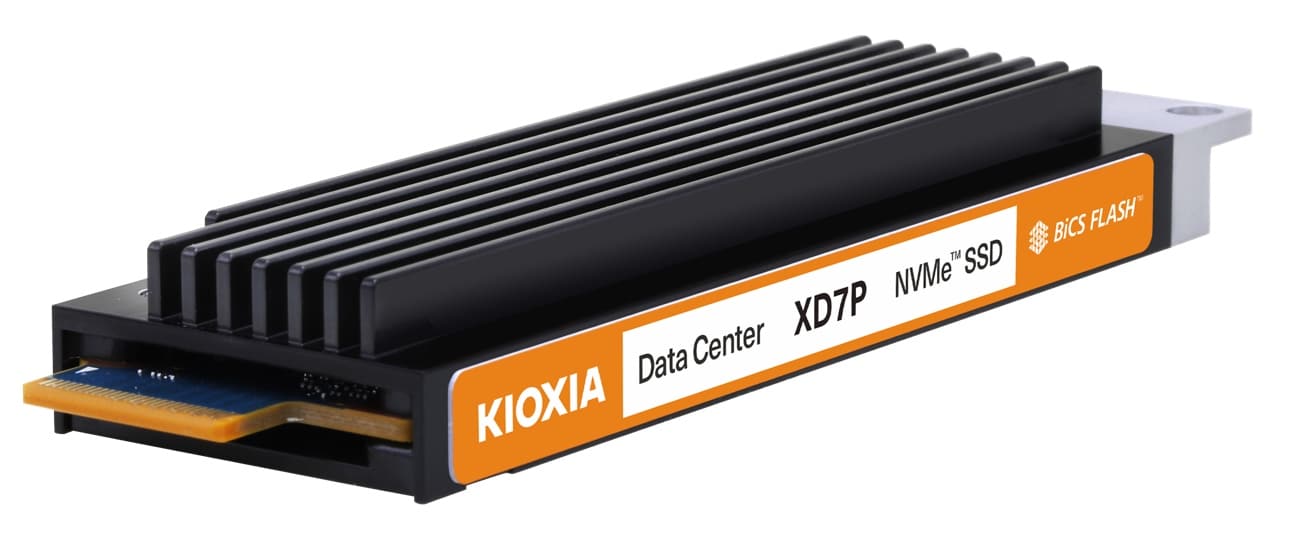With more limited resources than ever, healthcare professionals are turning to technology to increase capacity and improve patient outcomes.
Health centers are full of contrasts. State-of-the-art technology coexists with tools that haven't changed much in decades. Some of the brightest minds on the planet work in institutions that, from a procedural perspective, have traditionally been slow to create.
Healthcare facilities have highly sterile environments, but are also home to some highly resistant strains of bacteria. And while the entire world appreciates the central role that health centers play in the well-being of humanity, these centers are still running on shoestring budgets in many parts of the world.
These financial constraints are just one of the issues facing healthcare workers. Others are the aging of the population and the increase in non-communicable diseases related to the way of life. These and other challenges force leaders in the field to consider digital solutions. Many of them are based on the greater availability of sensors, wireless communication technology, cloud storage and data analysis functionalities.
The COVID-XNUMX pandemic and the great pressure it placed on healthcare facilities served to accelerate this digital transformation journey. This is going to have —and, in certain cases, it is already having— great repercussions on the moments in which we personally attend health centers, on the operation of these centers and also, even, on the design of the buildings.
Now, we expose certain trends that are being generated, driven by the digital transformation in healthcare.
Remote assistance provision
The benefits of remote healthcare, or telemedicine, have been debated and publicized for quite some time. Despite this, telemedicine was not truly widely adopted until the time of the COVID-XNUMX pandemic.
At Stanford Healthcare in the USA, for example, the number of telehealth visits each day at the end of March XNUMX was fifty times greater than in previous months.
On the other hand, an investigation by McKinsey & Company, carried out in the USA during the COVID-XNUMX pandemic, found that although only eleven percent of the participants had used telehealth during XNUMX, more than XNUMX percent were interested in accessing health services in the future in this way.
In short, it took the fear of contracting a life-threatening disease to persuade many patients, governments and regulators of the benefits of virtual healthcare. And while it's true that the change was driven by the pandemic, this new way of accessing care is expected to persist. An Accenture survey, published in May XNUMX, found that XNUMX percent of those who used video conferencing to communicate with healthcare professionals during the pandemic expect to do so more after COVID-XNUMX than before. .
These communication channels also pave the way for other eHealth solutions that change the relationship between healthcare professionals and their patients. Examples include wearable sensors that alert the patient—and probably her caregiver as well—if something isn't right. This allows people to continue safely at home unless it is absolutely necessary to attend the health center, which improves their quality of life and reduces the occupancy of beds in health centers and other medical centers.
Collaborative
It is common to see doctors and nurses running in a hurry through the corridors of the health center. Robotic assistants are less common, but their prevalence is increasing. Spurred in part by the pandemic, robots are being deployed to ease pressure on human staff and improve security conditions.
Suspected COVID-XNUMX patients who attended the university health center in Antwerp, Belgium, for example, were initially received and assessed by a Zorabots robot. This device would later direct them to the appropriate department, based on their symptoms.
At the Circolo health center in Italy, COVID-XNUMX patients interacted with their doctors via a touch screen on a robot, which helped reduce necessary face-to-face contact between patients and staff to slow the spread of the virus. virus.
Robots can help improve health center staff safety in other ways as well. For example, they can reduce the need for humans to enter potentially contaminated spaces to disinfect them. UVD Robots created a wi-fi-enabled autonomous ground vehicle that uses ultraviolet light UV-C to stop the spread of bacteria, viruses and other pathogens. It was clinically proven and its use was extended to multiple health centers around the world.
Another ideal use for robots in healthcare is for the delivery of groceries, medical supplies, and sheets. And as they get more complex, more use cases for robots spring up. Diligent Robotics' Moxi robot, for example, boasts a highly skilled arm that allows it to assist in jobs that were previously the preserve of human personnel.
Finally, when we think of robots, we generally think of machines that move on the ground. But it doesn't have to be that way: drones are indeed flying robots and are being used to assist healthcare workers all over the world. In Ghana, for example, drones were used to bring patient samples to analysis laboratories. In the Chinese provinces of Wuhan City and Hebei, unmanned aerial vehicles transported medical supplies and merchandise in areas still under COVID-XNUMX quarantine.
Enough looking for equipment
Health personnel spend a significant amount of time finding patients, staff, and equipment. A nursingtimes.net survey found that nursing staff spend nearly 6 hours per month looking for equipment. And, what is worse, the survey also showed that, one in XNUMX times, that professional is unable to finally find what he is looking for.
This valuable employee time could be put to much better use, with more and more healthcare facilities turning to the help of technology to keep track of people and equipment. RFID tags allow for automatic inventory tracking to ensure supplies are replenished before they run out.
People and mobile assets can be tracked through Bluetooth-enabled indoor location services. Standard Bluetooth beacons are accurate enough to distinguish the room the person or object is in, while the latest directional Bluetooth technology can manage accuracy to less than one meter.
By combining this type of indoor location data with other sources of information, certain companies are offering healthcare facilities new ways to drive compliance with hygiene and social distancing measures to reduce the spread of the virus.
The more this type of technology becomes widespread in medical environments, the more new applications it will have. Results are likely to include improved patient safety, greater process efficiencies, and a greater proportion of clinical staff time spent caring for patients.
Electronic patient medical records
Perhaps the most surprising aspect of the digital transformation in healthcare, however, is electronic patient records. Before, these vital documents were handwritten notes on paper, making them lacking in transparency, quite difficult to share for research or care purposes, insecure, and in some cases quite difficult to read.
With the digitization of medical records, authorized healthcare professionals, regardless of where they are and what device they use, can securely access a patient's medical history. This provides unique value when a patient is transferred between departments in the same health center or directly to another hospital. In addition to this, with the permission of patients, anonymous records can be shared with scholars to advance knowledge about a variety of conditions.
Logically, the highly confidential data held by medical records can be an end to criminals seeking to steal information. It is essential that records are properly protected and handled in accordance with applicable rules and regulations, which may change by country and area.
Evolution of hospital buildings
With digitization and the lessons learned during the COVID-XNUMX pandemic driving changes in the operation of health centers, it is inevitable that physical buildings will also evolve. Pandemic facilities, which were prevalent in Asian countries, due to the SARS outbreak of XNUMX-XNUMX, will surely become a common feature in healthcare facilities elsewhere on the planet as well. In general, the constructions of health centers will have to be more flexible so that those who work there can respond effectively to any event that arises.
The vast amounts of real-time data emanating from the ever-expanding digital care portfolio offer healthcare facilities the opportunity to create “command centers”. AdventHealth and GE Healthcare Partners launched one in 9 in Orlando. This facility helps healthcare professionals orchestrate care across XNUMX healthcare campuses. The center, which is staffed XNUMX hours a day, uses artificial intelligence to assist with decision-making in areas such as prioritization, patient transfers, and the dispatch of ambulances and helicopters. This type of command center allows health centers to optimize the use of their scarce resources, with the goal of giving patients the best possible care. More control rooms like this can be expected in the healthcare centers of the future.
Helicopter landing pads are somewhat common in large healthcare facilities, but healthcare facilities of the future will likely require drone ports as well, in an effort to unleash the potential of UAVs as a logistical aid. On top of this, by integrating this technology into other areas of hospital operations, there will be opportunities for further innovation in technology and business models, both in healthcare and beyond.
Ease the pressure on medical staff and budgets
These cases highlight certain possibilities that digital transformation offers to both healthcare professionals and patients, and highlight how the pandemic has accelerated this path. In the face of unprecedented constraints on healthcare facilities around the globe, technology offers ways to alleviate some of the great pressure on staff and budgets, allowing more of these valuable resources to be directed where they are needed. need urgently.








